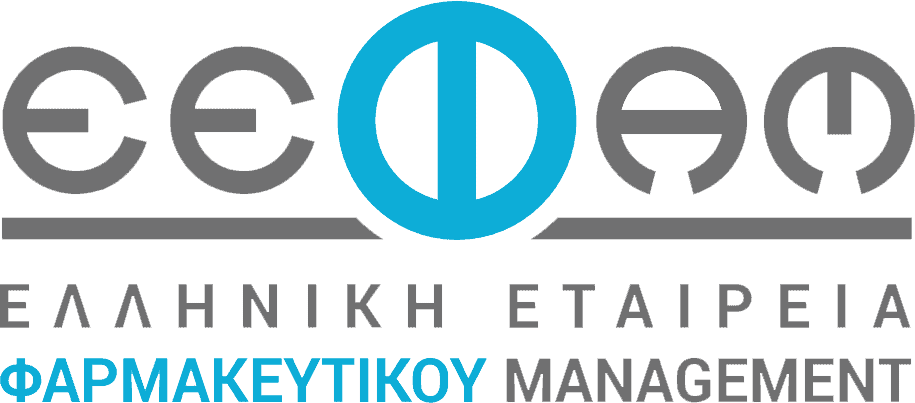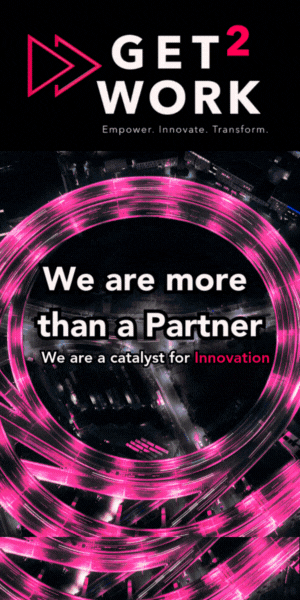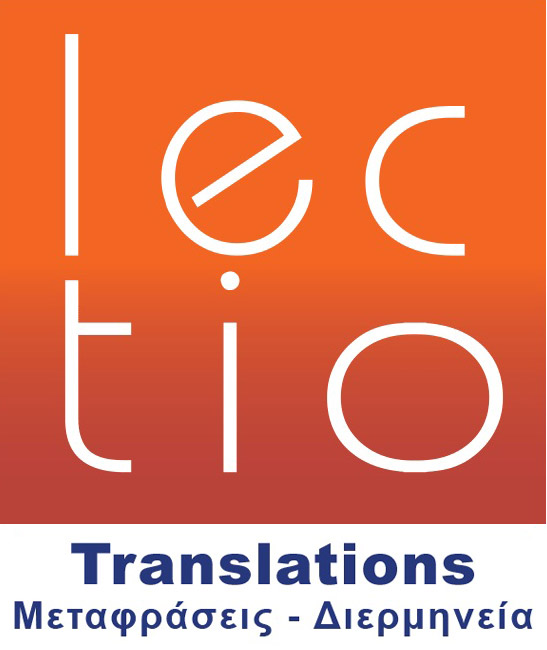Blog
Blog
Critical thinking training: 5 key lessons for employees

Employers participating in the AAC&U’s periodic surveys consistently rank critical thinking as one of the most vital skills for success in the workplace. The 2020 survey ranked it second in importance only to the ability to work effectively in teams.
The survey also found that while 60% of employers rated critical thinking skills as very important, only 39% agreed that recent college graduates have been well prepared by the training on critical thinking they received in school.
This is one of the main reasons critical thinking training is growing in demand among organizations across sectors. Learning and development leaders are tasking their teams with determining what it would take to develop critical thinking skills in the workplace, at scale.
Critical thinking training in the workplace
Critical thinking refers to the act of analyzing evidence, observations, and arguments to form a judgment. It often requires the conceptualizing and synthesizing of information. Specific skills that are commonly addressed in critical thinking training include:
- Identifying a problem or question
- Using more than one strategy to approach a problem
- Gathering relevant data, opinions, and observations
- Analyzing, interpreting, and evaluating data
- Understanding patterns and connecting ideas
- Making inferences from data
- Thinking creatively
- Practicing self-reflection, self-regulation, and open-mindedness
- Identifying assumptions and biases
- Identifying and evaluating alternative courses of action
- Anticipating the possible outcomes of different actions
- Testing hypotheses
- Making data-based decisions
While some personality traits are particularly conducive to critical thinking, such as curiosity and creativity, employees without these traits can benefit greatly from critical thinking training. The five lessons below are an excellent starting point for organizations looking to develop this skillset in their workforce.
Common Cognitive Pitfalls in Decision-Making | Liv Boeree
Guarding against the possibility of biases influencing one’s decisions is a key principle that is often discussed in critical thinking training. In her Big Think+ class, Liv Boeree — international poker champion — addresses several cognitive pitfalls that can result in faulty decisions. Watch the clip below to learn more.
As Boeree described, confirmation bias is the tendency to overvalue evidence that confirms one’s existing beliefs, and undervalue evidence that contradicts them. She later goes on to explain status quo bias, which reflects the natural human aversion to change and is defined as a preference for how things have been done previously.
There is also the sunk cost fallacy, which refers to the act of making decisions based on previously invested resources rather than desired outcomes for the future. For example, some organizations cling to legacy systems, creating a nightmarish patchwork of fixes before eventually reaching the conclusion that it’s time to scrap the old and embrace the new.
Open to Think | Dan Pontefract
In his book, Open to Think, award-winning author and professor Dan Pontefract describes “open thinking” as a cyclical process which involves creative thinking (dreaming), critical thinking (deciding), and applied thinking (doing).
The first stage in the process involves generating new ideas unrestricted by constraints. Then in the critical thinking stage, one evaluates and makes data-driven, fact-based decisions about the ideas generated through creative thinking. Finally, applied thinking operationalizes the decisions resulting from critical thinking.
Our thinking is only as good as our ability to continually challenge and question.Dan Pontefract
This dream-decide-do cycle can be repeated as many times as needed to improve outcomes. The true power of the model lies in its iterative nature because it allows for the possibility of failure, treating it as a learning experience and opportunity for improvement.
Let Information Permeate Your Organization | Andrew McAfee
Effective critical thinking doesn’t just rely on the individual thinker. In order for the skill to thrive among individuals, information must flow freely throughout the organization. And employees must have the support of their supervisors in using that information.
Andrew McAfee, MIT scientist and author of Machine, Platform, Crowd, says that in the Information Era, managers should no longer act as gatekeepers of information. Today’s technology makes it easy to distribute data throughout all levels of an organization. Watch the clip below to learn more.
If the marketing team has information that would be useful to the sales or product teams, that information should be easily accessible by all. And as McAfee suggests, team leaders can provide specific suggestions for how to best make use of the information. These are key strategies that leaders can learn in critical thinking training.
The Art of Perception | Amy Herman
Amy Herman — art historian, attorney, and author of The Art of Perception — offers a unique model for thinking critically about observations that she refers to as the “Four As of Visual Intelligence.” Herman defines visual intelligence as the ability to assess, analyze, articulate, and adapt to visual information in one’s environment.
- Assessing your situation involves consciously making observations and determining what information can be extracted from them. Herman suggests asking others to share their observations, as no two people interpret things the same way.
- To analyze the information is to examine it closely and decide what is important and necessary.
- To articulate one’s observations is to describe in words the important observations and the information they provide.
- Finally, adapt to the situation by making a purposeful decision based on the information from the previous steps, and act on that decision.
In her Big Think+ class, Herman suggests consciously practicing the Four As until they become automatic. This develops a mindset of applying critical thinking skills to make sense of information in the world around us.
Making Complex Decisions | Lawrence Summers
Decision-making can be challenging, especially for employees who are new to roles that require planning and strategizing. For this reason, it’s wise to include instruction on decision-making in critical thinking training.
In his Big Think+ class, economist and former director of the U.S. National Economic Council, Lawrence Summers, addresses a key aspect of critical thinking — the ability to be analytical in choosing among different courses of action.
Summers applies a scientific method to making complex decisions that’s grounded in thinking in terms of alternatives. It begins with identifying alternatives to a proposed solution without making any assumptions initially as to which is best. Each alternative is then analyzed from the standpoint of feasibility and the likely consequences of implementation. Then, a judgment is made as to which of the feasible alternatives will produce the most desirable outcomes.
The core challenge, as Summers sees it, is to separate what one would like to be true from what, in fact, is true. Only by understanding what is true is it possible to accurately evaluate the consequences of alternative courses of action.
The benefits of critical thinking training
In today’s business environment where rapid technological innovation is fueling an abundance of information, success depends on strong critical thinking skills. Critical thinking training can improve a person’s ability to come up with innovative solutions and build onto ideas expressed by others. It enhances the creative and collaborative processes that teams work through on a daily basis.
Meetings become more productive when there is greater clarity and depth of thought, and management is more effective when leaders are able to distinguish between emotion and logic. Organization-wide, critical thinking leads to fewer errors in judgment and better overall decision-making. These are just a few of the ways that both individuals and organizations can benefit from critical thinking training.
Πηγή: bigthink.com





